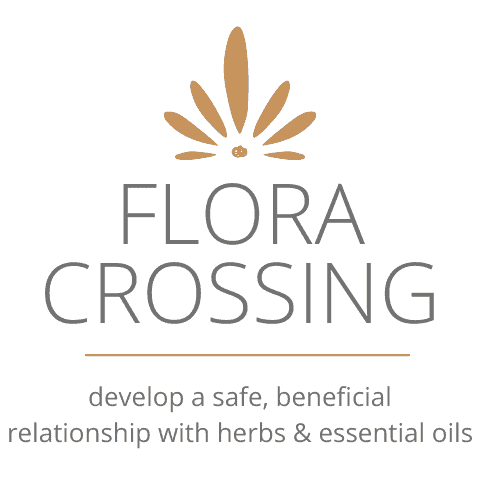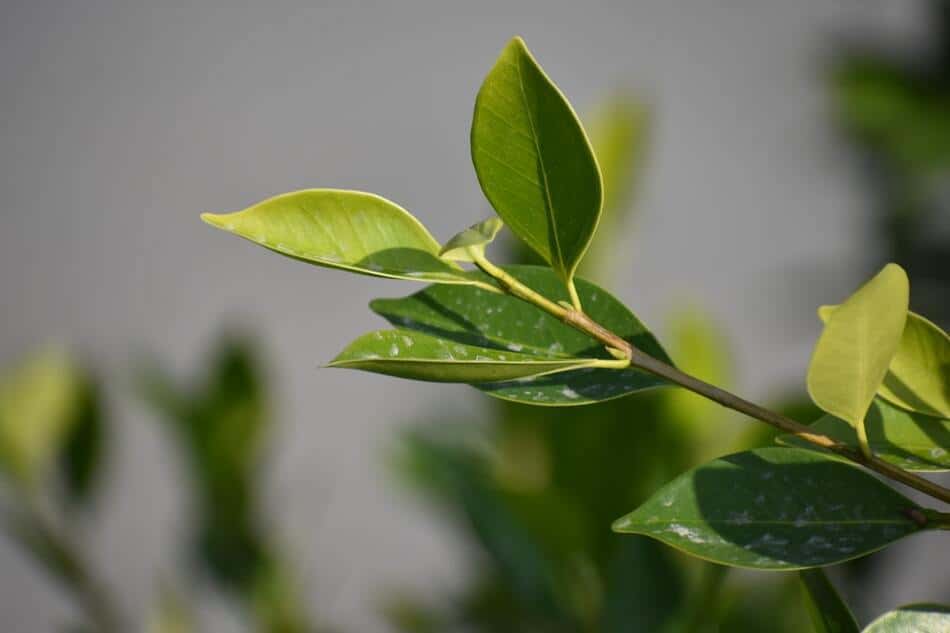Tea tree oil is a versatile essential oil with numerous applications and advantages. Although the names are similar, the tea tree plant that provides the leaves for tea is not the same as the one from which we obtain lemongrass. People have been inhaling the vapors of crushed tea tree leaves to relieve colds and coughs for hundreds of years. Menthol comes close to the strong vapor of this oil. Some people love the distinctive scent of tea tree oil, while others find it overpowering. If you find it not so good, I have valuable knowledge for you. I will guide you on how to get rid of the tea tree oil smell.
In my opinion, you can neutralize the tea tree oil. For that, you need to dilute the tea tree oil using any carrier oil. You need to add ten drops of carrier oil for every drop of the tea tree oil. In this way, you can diminish the smell of the tea tree oil.
Tea tree oil is an aromatic essential oil. It comes from the leaves of the Australian tea tree steaming.
It has antibacterial properties in topical usage. Tea tree oil can treat pimples, athlete’s foot, lice, nail fungus, and insect stings. It is available as an oil and in a variety of over-the-counter skin treatments, including soaps and lotions. However, you can’t consume tea tree oil through your mouth. It has the potential to induce severe injuries if swallowed.
Now, I will get into the details of neutralizing tea tree oil.
How To Neutralize The Tea Tree Oil Before Usage?
The majority of essential oils should be diluted in some manner. If you’re using tea tree oil topically, consider utilizing a carrier oil.
Carrier oils include coconut oil, olive oil, and almond oil. As the tea tree essential oil goes through dilution its fragrance will be less. Carrier oils and their diluters should be combined in a ratio of 10 drops of carrier oil for every one drop of essential oil.

If the fragrance is still overpowering after combining with a carrier oil, you might want to try adding another essential oil to the mix. Citrus oil and lavender oil can hide the scent of tea tree oil while eucalyptus and mint oils improve and alter their earthy scent.
Neutralizing Tea Tree Oil Without Essential Oils
What if you want to utilize tea tree oil in a way that won’t be enhanced by adding more oils? You may dilute tea tree oil as a scalp treatment in your shampoo or conditioner.
The Tea tree oil may be used in conjunction with a mild lotion to cure the athlete’s foot. Tea tree oil and aloe vera gel can be applied topically to treat acne. Tea tree oil possesses anti-bacterial influences, according to research. As a result of this, it is frequently used as a home cleaner and disinfectant.
If you can’t locate a tea tree oil-based cleaner in your area, don’t worry – you may produce your own by following the steps below.
- Combine 10 drops of tea tree oil with two cups of hot water and a half cup of vinegar in a spray bottle.
- To combine the components, give the spray bottle a vigorous shake.
While the tea tree oil may settle to the bottom of the bottle as the water cools, this DIY cleanser has a long shelf life.
How To Neutralize Tea Tree Oil After Using?/
As you use tea tree oil in a variety of applications, the scent may become excessive.

Using Detergent And Vinegar
Remove the smell of tea tree oil from the clothing by washing it in a mild detergent first. Wash the item again with vinegar added to the cycle if the original wash doesn’t help. At this stage, you might also want to add a fragrance or deodorizer to your laundry.
You may hand-wash delicate fabrics with vinegar in water if they are too large to wash in a standard washing machine. Instead of bleach, whitening could be utilized on pure white textiles that aren’t bleached.
Using Vinegar And Bleach
Do not combine bleach and vinegar. In one to ten ratios, dilute the bleach with water. Soak a cloth or tiny towel in the solution and apply it to the garment. Ensure that all of the fabric is cleaned equally using this method. After that, use a clean, dry rag to absorb away any remaining cleaning solution.
If the smell is permeating your house, you’ll need to take a more strategic approach. Open a window or leave the door open in the area where the odor is most prevalent. This might include opening a window or leaving the door open.
If your home’s ventilation system isn’t sufficient, you may need to invest in an air purifier. Air-purifying equipment like that uses a fan to move the air in your house and pass it through a specific filter. These filters capture and retain odor-producing compounds.
Using Baking Soda
Using baking soda to get rid of the tea tree oil smell in your house is an excellent idea. Baking soda has been hidden in the back of a lot of American refrigerators for years because to this reason. At the very least, put a few tiny dishes of baking soda in your most tea tree oil-soaked area. Allow them to sit overnight.
Baking soda is one of the most common odor absorbers.
Using Activated Charcoal And Coffee Grounds
Moreover, activated charcoal and coffee beans are two other similar materials that absorb odors effectively. Activated charcoal has a large surface area, making it an excellent superhero for absorbing scents.
However, activated charcoal has the disadvantage of staining surfaces. Place activated charcoal in sachets to stain places. Place the sachets throughout the afflicted region. When the bad smell has been eliminated, dispose of the sachets.
Coffee grounds are excellent odor absorbers. This is why it’s advised that coffee be kept in an airtight container alone.
To absorb odors, you may either use fresh or stale coffee grounds. To dry used coffee grinds at a low temperature in the oven,
You may follow the procedure for activated charcoal and store the coffee grinds in a pouch, or you may use a beautiful bowl. The grounds should be placed near the area where the tea tree oil fragrance is most strong. The smell will soon go away after taking this supplement for two weeks.
Bottom Line
There you have it! This article presented you with a detailed guide on how to get rid of the smell of tea tree oil. Diluting your tea tree oil is the best and safest one.
Read More about Essential Oils.
Learn how to Apply Tea Tree Oil on Skin Tags!

